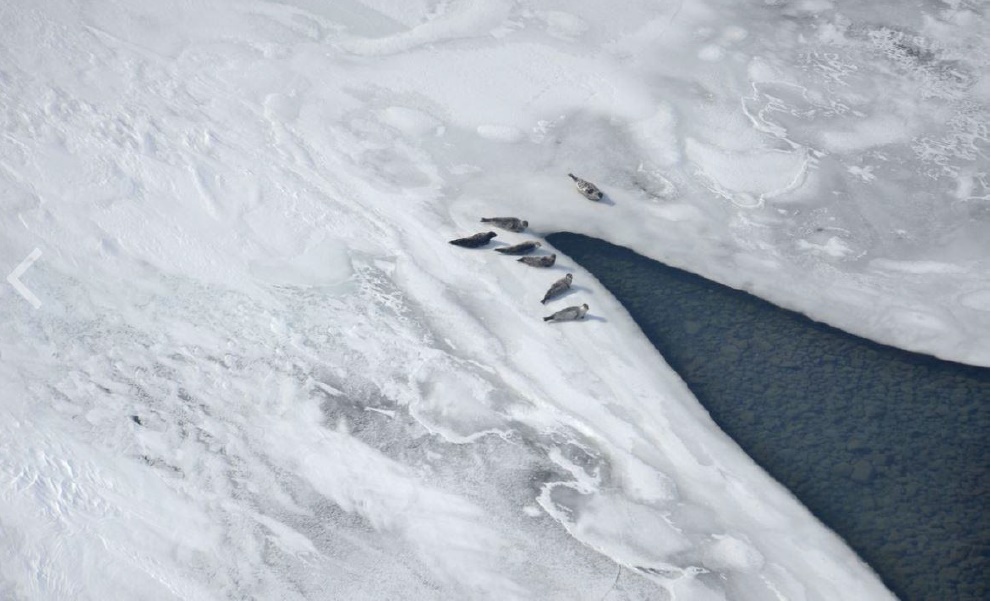On Wednesday, Feb. 12, the U.S. Army Corps of Engineers reportedly conceded that there may be a new hurdle on the horizon for Pebble Mine permitting.
On Feb. 6, the environmental group Center for Biological Diversity filed a petition seeking Endangered Species Act protection for Lake Iliamna harbor seals, one of only two harbor seal populations living exclusively in fresh water, whose population now numbers about 400, according to the center.
“Alaska’s unique and imperiled freshwater seals need federal protection,” said Kristin Carden, a scientist at the Center for Biological Diversity. “The Pebble Mine threatens the very survival of the Iliamna Lake seals and the fish species they depend on to survive. Even if the mine is stopped, climate change will drive these rare and beautiful animals toward extinction.”
Subsistence hunters in the region harvest lake seals. The center advises that its lawsuit would not interfere with subsistence hunting or fishing by Alaska natives. Whether it may affect commercial fisheries in Bristol Bay remains to be seen.
Lake Iliamna sits between Cook Inlet and Kvichak Bay in southwest Alaska. Its waters drain into Bristol Bay through the Kvichak River, which is also a vital salmon stream. Covering about 1,000 square miles, it is the largest lake in Alaska and home to its own exclusive population of seals.
"Activities related to the proposed Pebble Mine would increase ship traffic and noise in prime seal habitat, a particular problem during the vulnerable pupping period," the center said in a release. "They also would pollute the water and destroy lake ice used by the seals in the winter. In the event of a mine failure or accident, pollutants and waste from the mine would cause irreversible harm that could continue for centuries."
The NMFS previously declined to list the Iliamna Lake seal population following a 2013 petition from the center. The current petition relies on new research from the University of Washington showing that the population is, indeed, unique.
"Should the harbor seals become listed, the Corps would comply with all legal requirements to consider the impact of any particular project on endangered species, as it has done with species currently listed," said John Budnik, public affairs specialist at the U.S. Army Corps of Engineers.
This story has been updated to include an official statement from the Army Corps.







